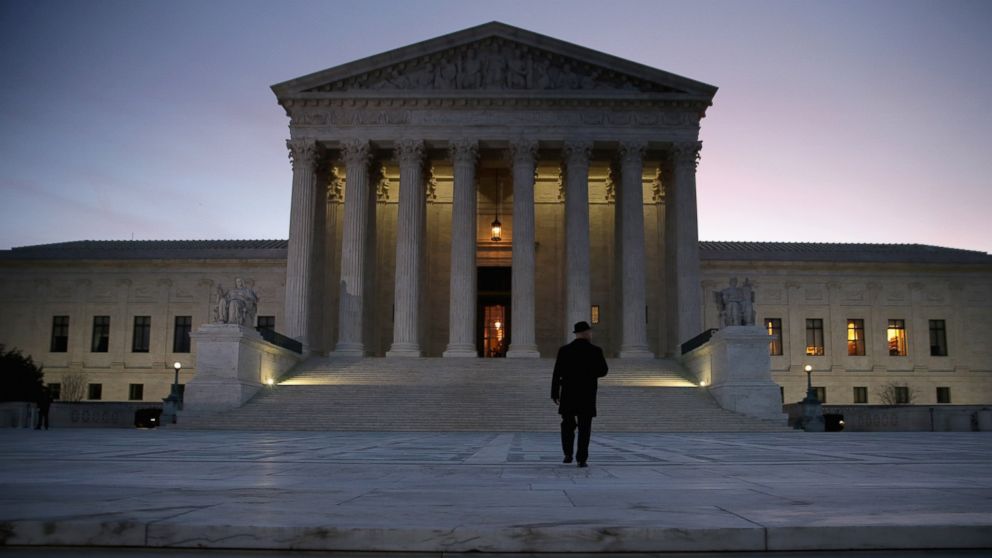What the Supreme Court's 'One Person, One Vote' Ruling Means for the States
The Supreme Court unanimously rejected a challenge to the principle.

— -- The Supreme Court, in a unanimous decision on Monday, said that Texas can continue to draw its legislative districts based on the total population and not just eligible voters, upholding the "one person, one vote" principle.
The case, Evenwel v. Abbott, was brought by two voters in Texas, Sue Evenwel and Edward Pfenninger, who contended that their votes counted for less than those of people in districts with large numbers of non-voters, such as immigrants who aren’t citizens or children.
Here's what you need to know about yesterday's decision -- and what it matters:
What the Argument Was About:
The plaintiffs, backed by conservatives, brought the case against Texas, arguing that the votes of eligible voters are diluted when the state draws election districts that include non-voters.
A redrawing of legislative districts based on eligible voters would give the residents in less populated, rural areas, a potential for greater representation in state government. In most cases, it's believed this would have favored Republican candidates and hurt Democrats.
What the Justices Wrote:
Justice Ruth Bader Ginsburg wrote in her majority opinion, “We hold, based on constitutional history, this Court’s decisions, and longstanding practice that a State may draw its legislative districts based on total population.
“Nonvoters have an important stake in many policy debates -- children, their parents, even their grandparents, for example, have a stake in a strong public-education system -- and in receiving constituent services, such as help navigating public-benefits bureaucracies,” she continued.
The majority opinion, authored by Justice Ginsburg, was joined by five other justices. Justice Samuel Alito and Justice Clarence Thomas wrote concurring opinions.
Justice Alito wrote in his concurring opinion, "Whether a state is permitted to use some measure other than total population is an important and sensitive question that we can consider if and when we have before us a state districting plan that, unlike the current Texas plan, uses something other than total population as the basis for equalizing the size of districts."
Added Justice Thomas in his concurring opinion: "The Constitution does not prescribe any one basis for apportionment within States. It instead leaves States significant leeway in apportioning their own districts to equalize total population, to equalize eligible voters, or to promote any other principle consistent with a republican form of government.
"The majority should recognize the futility of choosing only one of these options. The Constitution leaves the choice to the people alone -- not to this Court."
Why It Matters:
The 8-0 decision mean that states can continue to draw districts using total population.
Leah Aden, of NAACP Legal Defense Fund, called the ruling a victory not just for the residents of Texas, but for residents in every state, saying "this is a reaffirmation of the status quo of the way the majority of states and the majority of jurisdictions within them apportion their districts."




